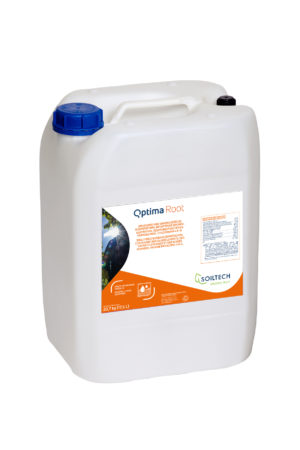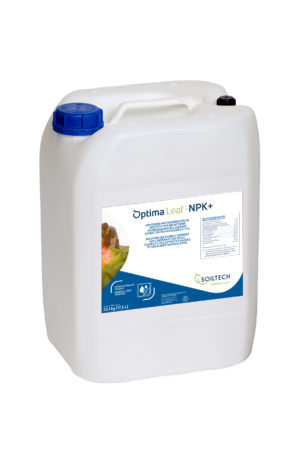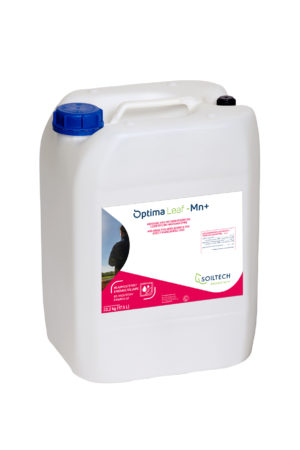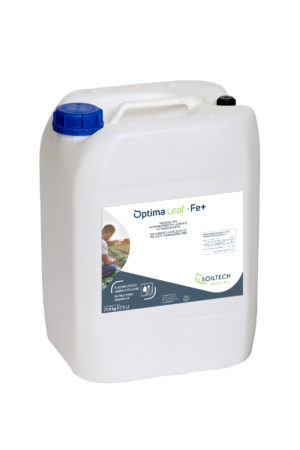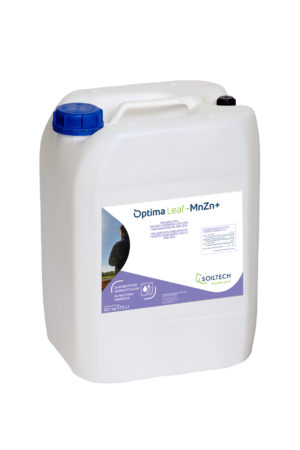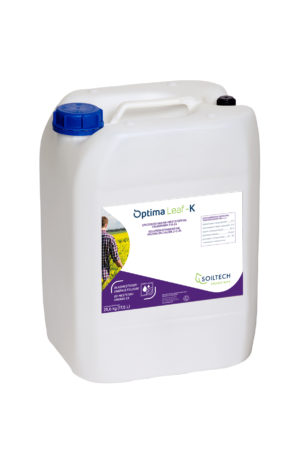Onion (Allium cepa) is a biennial plant in nature. The first year is characterised by bulb production followed by the tops withering (dying off) and the plant entering dormancy and overwintering. The plant starts growing again and flowers in the second year. In commercial onion production, only the first year counts as a year of production. Two types of propagating material are used in onion growing: seed onions and onion sets. In the Netherlands about 75% of production consists of seed onions, and 25% consists of onion sets. Onion cultivation has a number of critical growth stages that are extremely important for the final yield and quality. These stages are explained below.
Select a stage for more information
Soil preparation
Soiltech does not offer any specific products for this stage.
Sowing/Planting
Onions are preferably grown on light clay and sandy sablon-type soil in a controlled traffic farming system that comprises beds of 1.5 metres wide grouped in five rows a bed. Depending on the weather conditions, the onions are sown or planted at around the end of March or early April.
At germination, the onion forms one primary root, which is replaced in a short time by several fine roots that sprout from the underside of the basal disc. The rooting pattern of an onion is typically described as ‘superficial and meagre’ to a maximum of 60 cm deep, with the majority of the roots found in the upper 15-20 cm.
To promote the development of the young crop, water and nutrient availability are essential. Soiltech has developed the Optima Root product for this important period. The combination of fertilisers and growth promoters stimulates root growth, after which vegetative shoot growth will follow.
Advice
- Optima Root: 1 x 10 l/ha or 2 x 7 l/ha (interval, of 14 days) - spraying at/immediately after planting
Relevant products
Foliage formation
As the temperature increases in spring, foliage formation is initiated. The temperature, the planting density and the availability of water and nutrients all determine the speed at which the plant forms new foliage.
For optimal leaf formation, it is important to encourage the plants to produce as much chlorophyll as possible. Sufficient levels of nitrogen, magnesium, iron and manganese stimulate chlorophyll production. As onions have a limited root system, it is a good idea to provide extra quantities of these nutrients in the form of a foliar application. The Soiltech foliar fertiliser range with organically complexed elements is the ideal solution:
Foliar application – Optima Leaf-Mn: 1.0 litre/ha
Foliar application – Optima Leaf- Fe: 1.0 litre/ha
Relevant products
Bulbing
As soon as the bulbing stage is initiated, the onion plant stops producing new foliage. This is the moment when the leaves start to form a sheath, which acts as a storage organ. Bulbing is stimulated by:
- Day length: each variety has a specific minimum day length. For West European onion varieties, this is usually around 16 hours, an amount that is reached around mid-May.
- Temperature: the higher the temperature, the faster bulbing is initiated.
- Good availability of nutrients and water
Because so many changes occur in the growth pattern during bulb formation, providing the crop with additional trace elements is recommended. Soiltech's foliar fertiliser Optima Leaf-MnZn+ contains manganese, zinc and a number of supporting trace elements.
Advice
- Optima Leaf MnZn+ : Foliar application 1.0 litres per hectare, 2-5 times per year.
Relevant products
Swelling
When foliage development has stopped, more and more sugars and nutrients are transported to the bulbs, causing them to swell. The onion has a high potassium (K) requirement during this stage. Potassium plays an essential role in the flow of sugars and nutrients in the sap stream. A foliar application of potassium during the swelling stage is important, because plants are only able to uptake potassium from moisture in the soil. A common problem is that potassium leaches form the soil relatively easily if conditions are too wet during cultivation (particularly on sandy soils). In dry conditions, soil moisture, and therefore the availability of potassium for the crop, decreases rapidly. If a potassium deficiency occurs during swelling, it has an immediate adverse effect on the quantity and quality of the harvest.
Soiltech has developed Optima Leaf-K, which consists of organically complexed potassium, especially for this bulb swelling stage. Unlike other potassium foliar fertilisers, Optima Leaf-K has a low EC, a neutral pH and good miscibility with other substances in the tank.
Foliar application – Optima Leaf-K: 5 litres/ha, 3 x application
Relevant products
Falling tops
As the bulb swells and the transport of sugars and nutrients progresses, the neck of the onion becomes weaker. This causes the onions tops to wither and fall over. This is a clear signal of ripening, and the foliage starts to die off. Weather conditions (wind, temperature), disease pressure and the availability of water and nutrients all determine the moment the crop is ready to harvest.
Soiltech does not offer any specific products for this stage.
